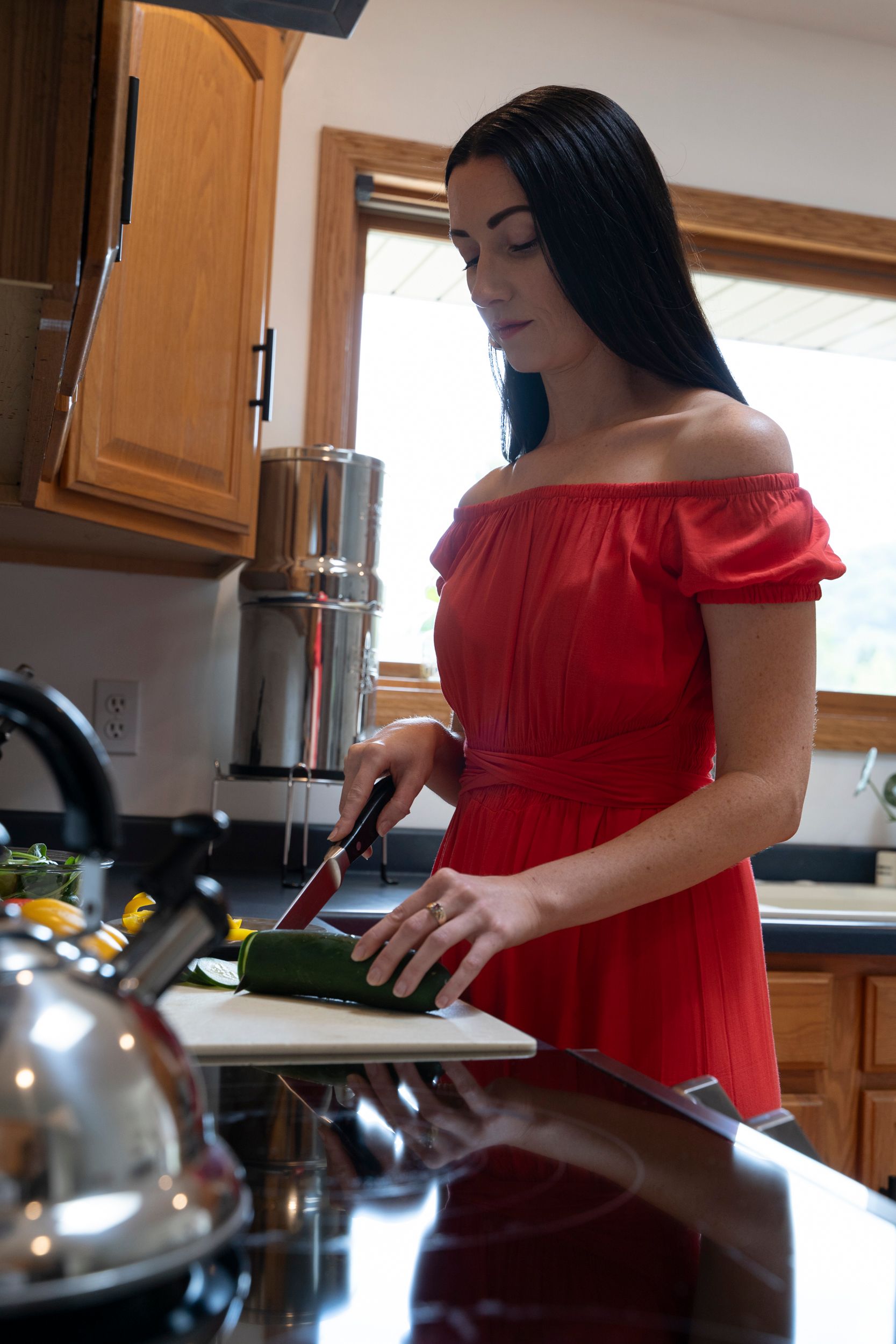
We all want our homes to feel like home – a space full of peace, happy memories and unique characteristics that make it our own. Most people hope to stay in their homes for as long as possible. But for someone living with multiple sclerosis, this can be complicated. Routine evaluations and adjustments become necessary to ensure that, in addition to being a place of comfort, home is also safe and accessible.According to the CDC, 1 in 4 adults report falling each year. 37% of those result in injury that requires medical treatment or restricted activity. Studies have shown that, in any 6 months, more than 50% of people living with MS fall at least once, and 30% fall multiple times. Tracy Carrasco, an occupational therapist (OT), recently joined John Strum on the RealTalk MS podcast to share tips for creating an accessible home to help you maintain your independence and stay safe. While you can’t control MS, you can control your environment.MS can impact your ability to perform daily tasks, move throughout your home or feel as productive as you’d like. Professionals like Carrasco help you understand your options, including home modification, modern technology and accessibility features. She recommends finding a care team as soon as possible after diagnosis, even if you feel okay and are only experiencing minimal mobility issues. This way, you’ll receive information and tips upfront, so your future experiences may not feel quite as scary, and you know who to turn to when you have further questions.A professional can help you consider the best possible setup for your space but there are some modifications you can make yourself. According to Carrasco, here are some standard home accommodations you may want to consider:
Bathroom
“Bathrooms are common for at-home falls and accidents,” Strum says. Bathroom alterations can include:
- Purchasing special equipment for your shower or tub, like removable grab bars, seats or benches
- Removing shower curtains
- Elevating the toilet seat or adding armrests
- Widening the doorway
Kitchen

The kitchen is another space where you can make modifications to maintain independence while cooking and dining. Examples might include:
- Selecting a refrigerator that has controls within arm’s reach and is operable with one hand
- Ensuring the fridge has at least 50% of the freezer space and 100% of the fresh food space located below 54 inches
- Creating wheelchair access to countertops and tables
Entrance/Exit
CLICK HERE to continue reading, from the National MS Society
Stay informed with MS news and information - Sign-up here
For MS patients, caregivers or clinicians, Care to chat about MS? Join Our online COMMUNITY CHAT



